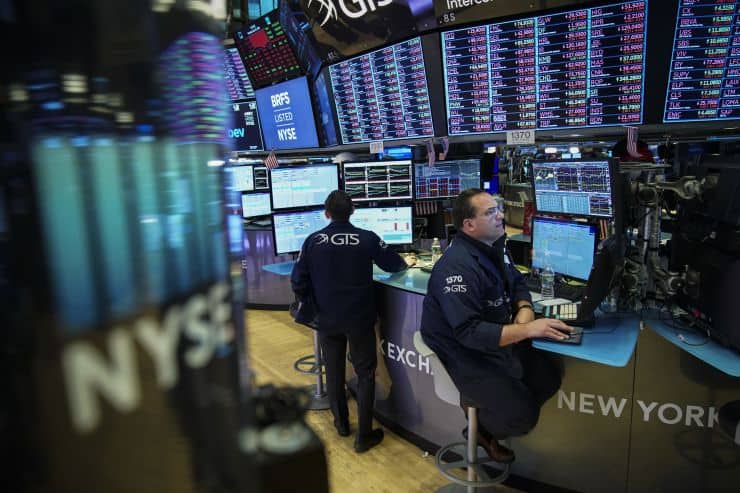
Solid oil demand is driving up the spot crude prices in every part of the world. This is a clear indication that the physical oil market is finally catching up with the recent rally in the paper market.
The strengthening appetite for crude in Asia and tightening regional markets due to changed differentials between regional benchmarks are, in turn, supportive of the oil futures rally, analysts and traders tell Reuters.
The surging premium of Brent over the Middle Eastern benchmark Dubai now makes shipping crude grades from the Atlantic Basin to Asia uneconomic because they are priced off the Brent benchmark. So Asian demand for Middle Eastern and Russian grades priced off the Dubai benchmark is high, driving the spot premiums for Omani crude and Russia’s ESPO and Sokol grades close to a one-year high.
At the same time, the narrowing discount of WTI Crude to Brent Crude is effectively shutting the arbitrage for U.S. crude to go to Europe and Asia as the less-than-$2 a barrel spread makes shipping American oil to the major import markets uneconomical.
As a result of these dynamics in spreads between regional benchmarks, physical crude supply in each of the regions is tightening. First, because it’s uneconomical to import crude from other regions. Second, because oil demand is rebounding as the summer driving season begins and economies reopen from restrictions in mobility.
In the paper market, Brent Crude prices already hit $75 a barrel this week, for the first time in over two years. WTI Crude was above $73 early on Wednesday as demand strengthened and as U.S. crude oil inventories were estimated by the American Petroleum Institute (API) to have shrunk by 7.199 million barrels for the week ending June 18.
Backwardation in the WTI futures continues to tighten—a sign of a tighter market.
For example, the September-October spread is at a seven-year high at $1.09 per barrel on expectations that storage levels at the WTI futures delivery hub at Cushing will continue to decline amid strong Midwest refinery demand, Saxo Bank said on Tuesday.
Crude demand in the United States is rebounding as road and airline travel continues to increase. According to GasBuddy data, last week’s U.S. gasoline demand rose by 2.87 percent from the prior week to a new COVID high. The U.S. Transportation Security Administration screened 2,030,577 people at airport security checkpoints on June 21, which was the sixth time in the last 11 days that checkpoint volume has topped 2 million, TSA Public Affairs spokesperson Lisa Farbstein said. On June 21 in 2019, in pre-pandemic times, 2,716,428 people were screened, Farbstein added.
Overall, the oil futures market also benefits from the pullback in positions in metals and agriculture as speculators see better prospects for crude oil amid tight supplies and rising demand, Saxo’s strategy team noted.
Before the Fed changed its tune to a hawkish stance on raising rates a year earlier than planned, portfolio managers had continued to increase their bullish bets on oil in the week to June 15.
The combined net long—the difference between bullish and bearish bets—in Brent and WTI reached its highest since October 2018, Ole Hansen, Head of Commodity Strategy at Saxo Bank, noted on Tuesday.
Bullish bets on oil have likely dropped since June 15 due to the Fed’s new timeline on a potential rate hike. Yet, robust demand—including on the physical market—makes market participants optimistic that oil still has room to rise and shows that piling into crude has not been just an inflationary trade.
The biggest short-term catalyst for oil prices is expected next week when the OPEC+ group meets to decide production policy for August, and possibly a couple of months beyond August. Reports about OPEC+ considering further easing of the cuts have started to trickle in, and will intensify in the days leading to the day of the meeting, July 1. Analysts believe the market would easily absorb more OPEC+ barrels from August, in light of strengthening global demand and a delay in the timeline for the potential return of Iranian oil after the Islamic Republic elected a new president last week.
The OPEC+ dilemma for next week’s meeting is a familiar one: yield to the temptation of $75 oil for their budget revenues and keep the market tight, or ease the cuts more aggressively so as not to become the reason why U.S. shale could break the exemplary discipline on spending and restore a larger share of production earlier than anticipated.
























